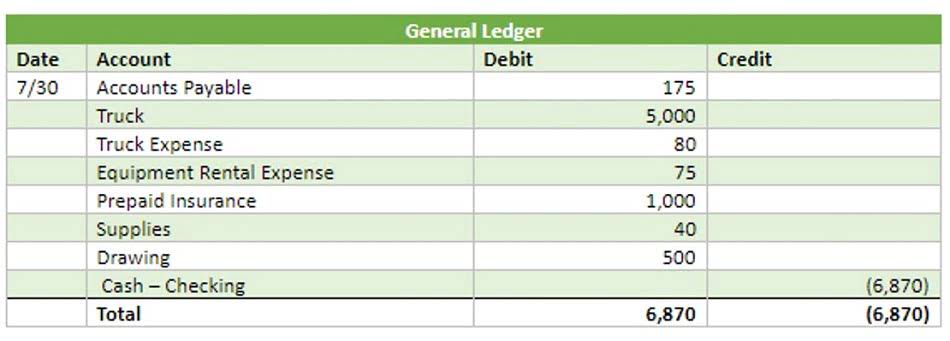Operating Working Capital OWC Formula + Calculator

This makes sense because although it stems from a long-term obligation, the current portion will have to be repaid in the current year. Thus, it’s appropriate to include it in with the other obligations that must be met in the next 12 months. While A/R and inventory are frequently considered to be highly liquid assets to creditors, uncollectible A/R will NOT be converted into cash.
Cut Down Unnecessary Expenses
However, it is important to clarify that even though an optimal net working capital ratio would be 1.2 to 2.0, this can depend on the business’s industry. When it comes to working capital formulas, you can choose from one of several different models depending on how detailed you want the calculation to be. Thus, both are equally important while evaluating the company’s financial condition. There are a few Bakery Accounting different methods for calculating net working capital, depending on what an analyst wants to include or exclude from the value.

Net Working Capital: Understanding Its Impact on Business
Current liabilities refer to debts a company must pay off within a year. Accounts payable, short-term debt and accrued expenses are taken as current liabilities. The management of current liabilities is very important in maintaining liquidity. Gross working capital refers to the total current assets a company has on hand to conduct its business operations, such as cash, inventory, and accounts receivable. On the other hand, the change in net working capital measures the change in a company’s working capital over a period.
. What does the change in working capital on the balance sheet represent?
Effectively managing NWC essentially assures your company maintains healthy free cash flow, supporting sustainable growth and stability. We also discuss how to manage capital to work as an asset for your business, and the impacts of changes on your cash flow and other aspects of your business. We then close with advice on how to leverage positive net working capital. Companies strive to reduce their working capital cycle by collecting receivables quicker or sometimes stretching accounts payable.

This means the time needed to acquire raw material, manufacture goods, and sell finished goods is optimum. By analyzing these metrics, your business can determine if net working capital requires immediate attention to avoid financial trouble. Monitoring changes can also help you make informed decisions with the ability to react quickly to financial challenges. Improving efficiency may require investment in better technology, upgrading machinery, or training employees.
- These measurements all tell an important financial story about the company’s financial health including its productivity, profitability, and liquidity.
- Allocating extra funds to savings accounts is an obvious example but by no means the only example of making a cash investment.
- Working capital changes have distinct meanings to different stakeholders.
- It offers them the opportunity to make investments that will ensure future growth.
- A net-zero NWC is when the company can meet its liabilities but doesn’t have any additional funds for non-essential expenses in the pipeline.
Companies with significant working capital considerations must carefully and actively manage working capital to avoid change in working capital formula inefficiencies and possible liquidity problems. In other words, there are 63 days between when cash was invested in the process and when cash was returned to the company. Double Entry Bookkeeping is here to provide you with free online information to help you learn and understand bookkeeping and introductory accounting.

You should be able to cover your short-term debts and expenses more easily. In simple terms, net working capital (NWC) denotes the short term liquidity of a company. It is calculated as the difference between the total current assets and the total current liabilities. As it so happens, most current assets and liabilities are related to operating activities (inventory, accounts receivable, accounts payable, accrued expenses, etc.). In simple terms, working capital is the net difference between a company’s current assets and current liabilities and reflects its liquidity (or the cash on hand under a hypothetical liquidation).
Centralized system to streamline payments, ensuring smoother working capital operations. Businesses can forecast cash into any category or entity on a daily, weekly, and monthly basis with up to 95% accuracy, perform what-if scenarios, and compare actuals vs. forecasted cash. In Certified Public Accountant such cases, a positive change in Net Working Capital could signal operational inefficiencies that need attention. But if the change in NWC is negative, the net effect from the two negative signs is that the amount is added to the cash flow amount. To calculate the change in net working capital (NWC), the current period NWC balance is subtracted from the prior period NWC balance. In fact, cash and cash equivalents are more related to investing activities, because the company could benefit from interest income, while debt and debt-like instruments would fall into financing activities.
